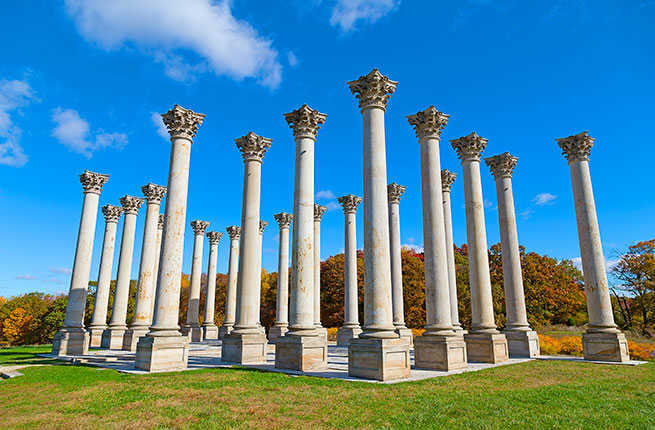
Whether you’re a connoisseur of trees or a traveler who needs a break from museums and crowded city streets, here are some special places in American cities where you can immerse yourself in a beautiful landscape and also learn a thing or two about nature. All of these parks and gardens feature trees that are in some way rare and historic and just fun to visit—from the Morton Arboretum’s ancient and towering “Millennium Oak” to the National Arboretum’s even older but darling and diminutive bonsai pine trees.—Jill Jonnes, author of Urban Forests: A Natural History of Trees and People in the American Cityscape

Eden Park
Cincinnati, Ohio
Originally the Longworth family’s “Garden of Eden” vineyard famous for its Catawba grapes, this property became a lovely 186-acre urban park in 1869. Situated atop numerous hills, the park offers a panoramic view of the curving Ohio River and Kentucky just across the way. It also boasts America’s only Presidential Grove, where since 1882 each of our presidents has been honored with a tree. Behold the now-towering white oak, planted in 1882 during Ohio’s first Arbor Day to honor George Washington. Both Bushes chose Southern magnolias. (No word yet on President Obama’s choice.)
Insider Tip: Go to the Krohn Conservatory for directions to the steps and trail up to the grove.
PLAN YOUR TRIP: Visit Fodor’s Cincinnati Guide
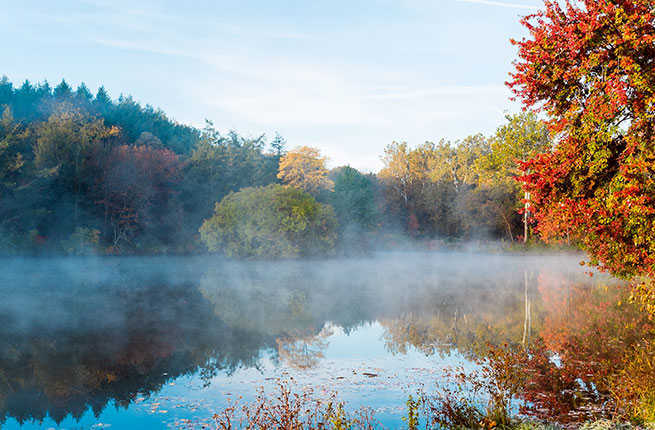
Morton Arboretum
Chicago, Illinois
This 1,700-acre arboretum founded in 1922 by Joy Morton (as in Morton Salt) bills itself as “The Champion of Trees.” It’s a great place to hop on a bicycle, with 9 miles of smooth roads winding through the amazing collection of trees. Do not miss the oldest tree on the property, the massive “Millennium Oak,” a white oak more than 250 years old. At night in the fall and winter, the arboretum’s “Illumination: Tree Lights” is a dazzling mile-long display of landscapes transformed via LED lights that respond to touch and sound.
PLAN YOUR TRIP: Visit Fodor’s Chicago Guide

California State Capitol Park
Sacramento, California
This 40-acre garden surrounding the gleaming white 1869 state house has more than a thousand trees, including many historic plantings and rare species. An Australian Bunya-Bunya tree planted in 1887 is 80 feet tall and can produce 15-pound pineapple-like cones! Don’t miss the Coast Redwood known as the “Moon Tree” because it was grown from seeds that orbited the moon in the Apollo 14 command module. Seek out the Montezuma Cypress, which is the largest in California and a great shady place to escape the heat!
PLAN YOUR TRIP: Visit Fodor’s Sacramento Guide
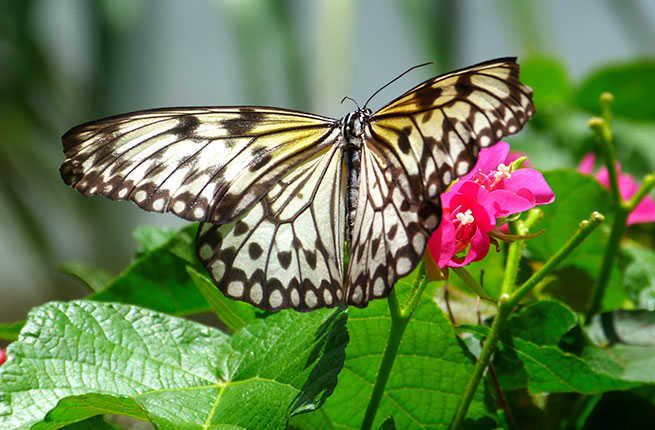
Fairchild Tropical Botanic Garden
Miami, Florida
David Fairchild (1869–1954) was the U.S. Department of Agriculture’s Plant Explorer in Chief. He was a charming and much-loved botanist who roamed the world seeking all manner of plants that he thought would make America a better place, including (to name but a few) mangoes, dates, and pistachios. This 83-acre garden was created as a tribute to Fairchild, and its tropical grounds host every kind of palm and fabulous flowering trees. Be sure to gape at the giant African baobab tree planted by Fairchild himself and be reminded that trees can easily outlive us.
PLAN YOUR TRIP: Visit Fodor’s Miami Guide
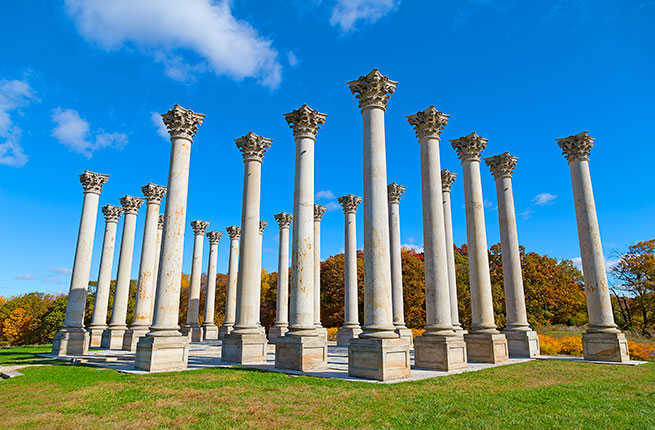
National Arboretum
Washington, D.C.
The arboretum in our nation’s capital is most famous for its Japanese ornamental cherry trees, but equally enchanting—and with fewer crowds—is the arboretum’s world-class bonsai (miniature trees) collection. Housed in Chinese pavilions and outdoor walled gardens, there are 400-year-old pine trees, darling tiny gnarled ginkgoes, and foot-tall maple trees whose tiny star-like leaves turn brilliant scarlet come fall.
PLAN YOUR TRIP: Visit Fodor’s Washington D.C. Guide
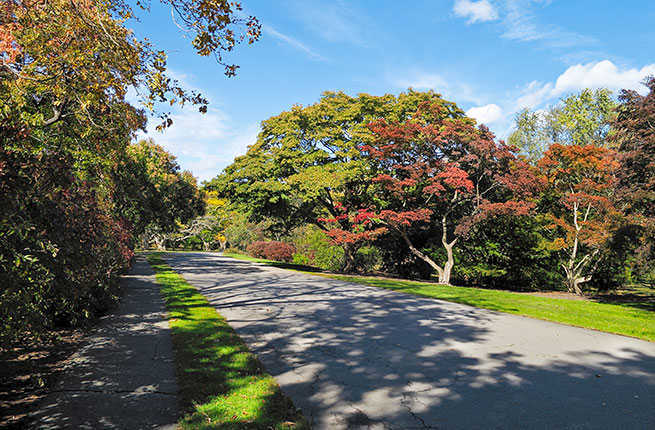
Arnold Arboretum
Boston, Massachusetts
America’s original “Tree Museum” is a Frederick Law Olmsted–designed public park and a Harvard-created and run arboretum established in 1872. There are a lot of wondrous trees here, each with a metal tag identifying what it is and often when it was planted. Go in the autumn, and you can experience all the radiant fall colors of their spectacular collection of maples from all over the planet—including such rarities as the Hairypalm maple, the Manchu striped maple, and the three-flowered maple. Or time your visit to be part of a scientist-led Tree Mob, and learn some real (but quick) science out on the grounds.
PLAN YOUR TRIP: Visit Fodor’s Boston Guide
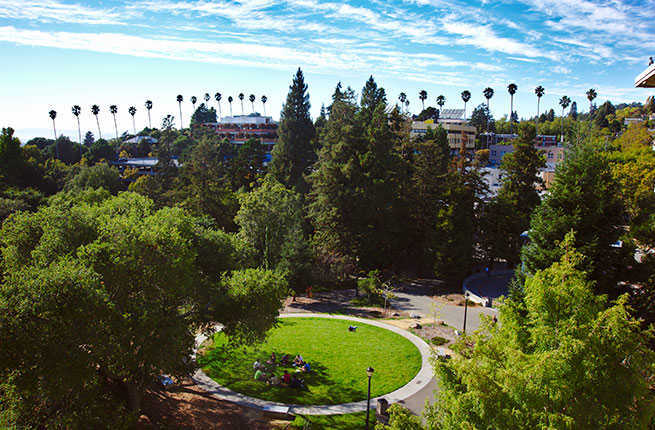
Berkeley
Berkeley, California
Few associated this famous university with trees until the almost two-year Tree-Sit-In to save a big grove of campus trees condemned to make way for a new gym. In late 2008, the trees lost. But the campus remains full of wonderful mature trees, including numerous towering Dawn Redwoods well worth seeking out. These were among the very first grown in this country (from seed) when this supposedly “extinct fossil” was discovered in a remote Chinese valley at the height of World War II. Berkeley paleobotany professor Ralph Chaney was determined to see these ancient trees with his own eyes, and his perilous 1948 journey turned the Dawn Redwood into a worldwide tree celebrity. While the triangular tree looks like an evergreen species, it is deciduous.
PLAN YOUR TRIP: Visit Fodor’s Berkeley Guide


